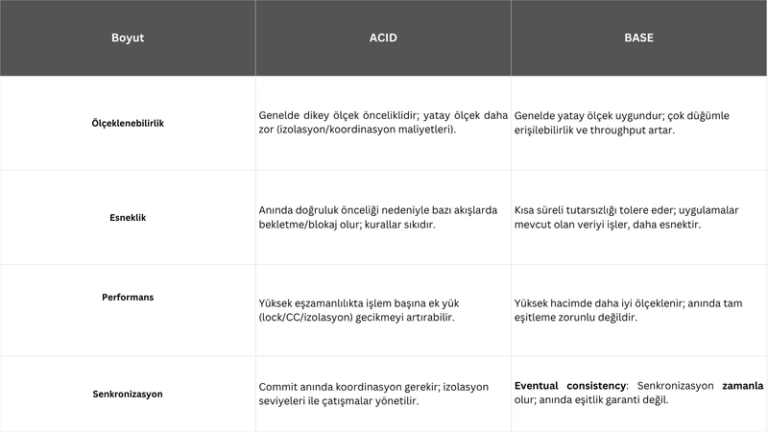🚫 Divs Are Not Buttons , Here’s Why (and How to Fix It)
Have you ever used a <div> to make something clickable?
Something like this:
<div onclick="alert('hello')">Click me!</div>
It works… right?
Well, not really , at least not for everyone.
Let’s break down why <div> elements should not be used as buttons, what accessibility problems they cause, and how to fix them the right way.
⚠ Why Using <div> as a Button Is a Problem
When you use a plain <div> with an onclick, it might look and work for you with a mouse click , but it fails for:
🔹 Keyboard users (they can’t “tab” to it)
🔹 Screen readers (they don’t know it’s clickable)
🔹 Accessibility tools (they can’t understand its purpose)
So while you might think it’s fine, your users who rely on accessibility features will be left behind.
🧩 Step-by-Step: Making a Div Accessible
If you absolutely must use a <div> as a button (for design or framework limitations),
here’s how to make it accessible step by step.
1. Tell screen readers it’s clickable
Add a role attribute:
<div role="button" onclick="alert('hello')">Click me!</div>
This helps assistive technologies recognize it as an interactive element.
2. Allow users to tab to it
Add a tabindex=”0″ to make it keyboard-focusable:
<div tabindex="0" role="button" onclick="alert('hello')">Click me!</div>
Now users can navigate to it with the Tab key.
3. Allow keyboard interaction
Enable triggering with the Enter or Space key:
<div
tabindex="0"
role="button"
onclick="alert('hello')"
onkeyup="alert('hello')"
>
Click me!
</div>
This lets keyboard users activate it just like a real button.
4. Tell screen readers what it does
Add an ARIA label to describe its function:
<div
aria-label="Alert the word hello"
tabindex="0"
role="button"
onclick="alert('hello')"
onkeyup="alert('hello')"
>
Click me!
</div>
This way, assistive tools can clearly explain its purpose.
✅ The Best Solution: Just Use a
All of that accessibility work can be avoided by using the right HTML element from the start:
<button onclick="alert('hello')">Click me!</button>
It’s:
- Accessible by default
- Keyboard and screen-reader friendly
- Simpler and cleaner
Moral of the story:
If it behaves like a button, it should be a .
🧭 Key Takeaways
✅ Always use semantic HTML (<button>, <a>, etc.)
⚙ Add role, tabindex, and aria – only if you must
♿ Accessibility isn’t optional – it’s essential
💡 Clean, semantic code helps everyone (including SEO!)
If you found this helpful, share it with other developers who might be doing the same mistake.
✍ Final Thought
Great front-end developers don’t just make things look good ,
they make them usable for everyone.
Start today by replacing that <div> button. 🚀

